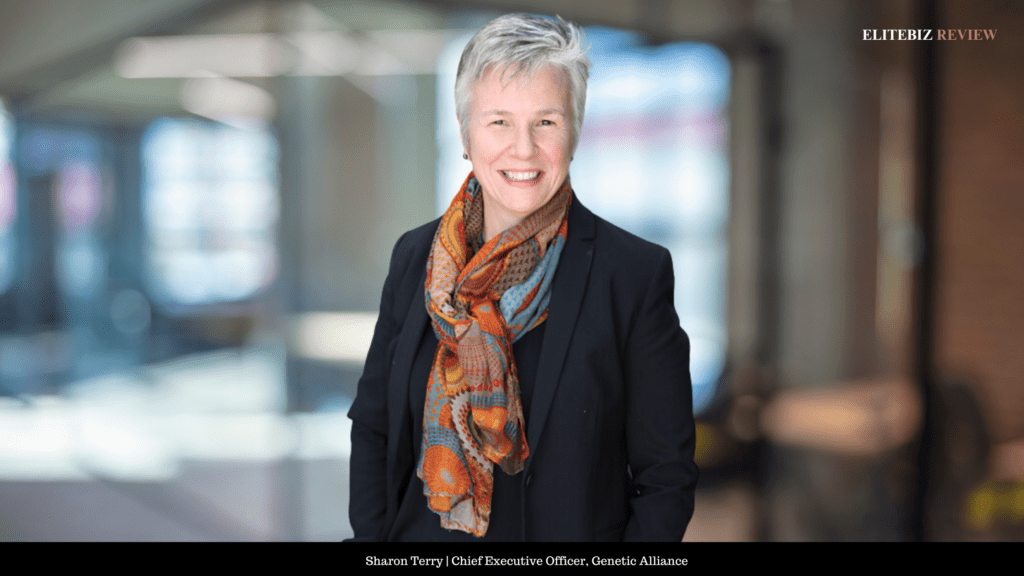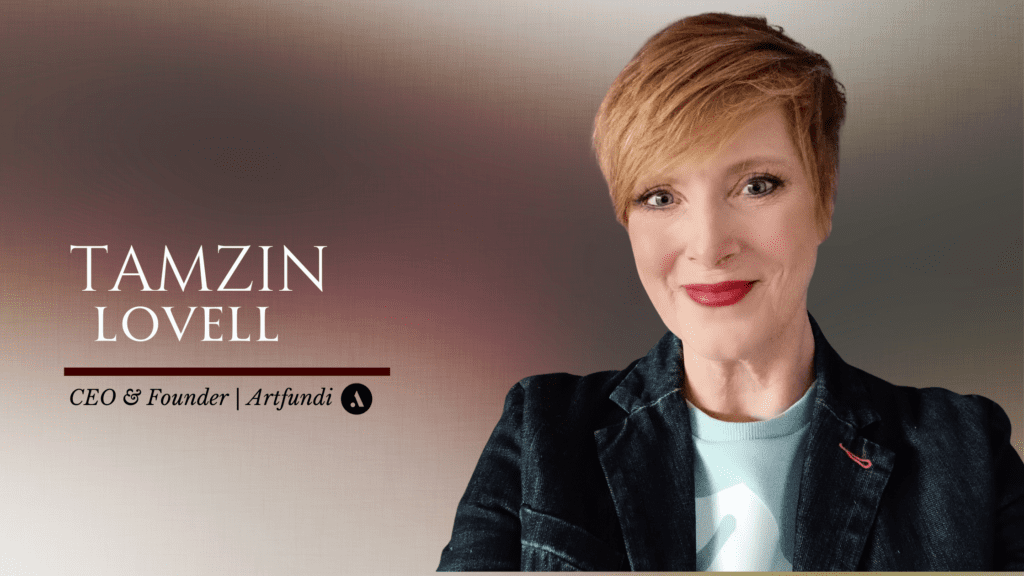Sharon Terry: Leading Genetic Alliance with Compassion and Innovation
Digital Version Sharon Terry’s path to becoming a leader in healthcare was forged by a deeply personal experience. In 1994, her children were diagnosed with pseudoxanthoma elasticum (PXE), a rare genetic disease that had no known treatment or cure at the time. As a mother with no scientific training, Sharon left her role as a chaplain and immersed herself in the world of medical research. She went on to found PXE International, discovering the gene responsible for the disease, and pioneered advocacy for genetic research. Her journey would ultimately lead her to Genetic Alliance, a nonprofit organization supporting communities affected by genetic conditions. Today, Sharon Terry serves as the President and CEO of Genetic Alliance. Since joining the organization in its 10th year, she has transformed it into a force for empowering individuals and communities to take control of their own health. Genetic Alliance is dedicated to patient advocacy, advancing healthcare through personalized approaches, and improving access to genetic testing for underserved populations globally. Sharon’s personal story is an inspiring example of how passion, resilience, and innovation can drive change. “We recognize the power and right of individuals, families, and communities to take charge of their own health.” A Personal Mission Becomes a Global Movement Although Sharon did not found Genetic Alliance, her leadership since its early days has left an indelible mark on its mission and impact. “My deep commitment is to people who suffer from genetic diseases, not to genetics or biotech,” Sharon emphasizes. Her drive to create meaningful change in healthcare began with her children’s diagnosis, which led her to take extraordinary steps in launching research efforts and building infrastructure to support families in similar situations. Sharon’s work with PXE International laid the groundwork for the registry and biobank systems that Genetic Alliance would later expand to support multiple genetic conditions. In 2003, Genetic Alliance became the first organization to launch a lay-led, patient-driven registry platform, giving patients control over their data well before modern privacy laws came into effect. Sharon’s pioneering approach to patient advocacy has pushed Genetic Alliance to the forefront of the healthcare landscape, supporting the formation of advocacy groups and facilitating groundbreaking research. Envisioning the Future of Healthcare At the core of Genetic Alliance’s mission is the belief that individuals, families, and communities have the right to take charge of their own health. “In the coming years, we aim to expand our services to low- and middle-income countries,” Sharon explains. One of the organization’s most ambitious initiatives is iHope Genetic Health, a program that offers free whole-genome and exome sequencing to individuals in underserved areas. Sharon envisions iHope growing exponentially, allowing Genetic Alliance to diagnose undiagnosed individuals around the world and build healthcare capacity in low-resource settings. Sharon remains at the forefront of healthcare trends, particularly in the areas of genetic testing and AI-driven medical research. She believes that advancements in technology will allow communities to leapfrog traditional models of care and directly impact the future of healthcare. Ethical Leadership and the Power of Collaboration Genetic Alliance’s values are shaped by Sharon’s commitment to patient experience and ethics. “Anything I’m going to ask of another, I need to ask first of myself,” she reflects, emphasizing the importance of authenticity in leadership. Her vision for healthcare is one that prioritizes patient needs above institutional interests, ensuring that ethical practices are central to every partnership. Under Sharon’s leadership, Genetic Alliance has fostered a culture of innovation, collaboration, and inclusivity. “We don’t really know another point of view than the participant’s,” she explains, reinforcing the organization’s patient-first approach. Tools like Gestalt Awareness Practice help create an environment where all voices are heard, supporting both personal and organizational growth. Driving Impact in an Evolving Industry As the biotech landscape continues to evolve, Sharon Terry sees tremendous opportunities for organizations like Genetic Alliance to lead the charge in addressing global health challenges. The organization’s ability to pivot and embrace new technologies like AI and genomics has positioned it as a leader in patient advocacy and personalized medicine. Through programs like iHope, Genetic Alliance is poised to make a lasting impact on the future of healthcare by addressing the needs of communities often left behind by traditional healthcare models. Sharon’s work is not only transforming how genetic research is conducted but also how communities can take ownership of their health journeys. Her leadership is driven by a profound sense of mission, and her unwavering focus on collaboration over competition has made Genetic Alliance a beacon of hope for patients around the world. “The future of healthcare is in distributed models, with the world’s poorest communities leapfrogging developed nations.”

